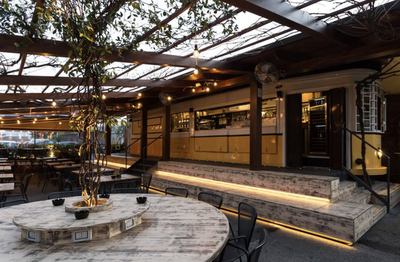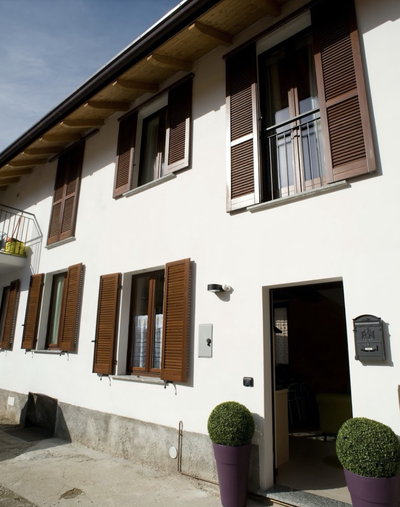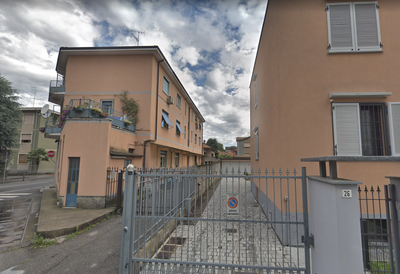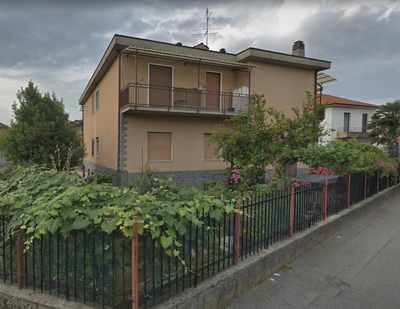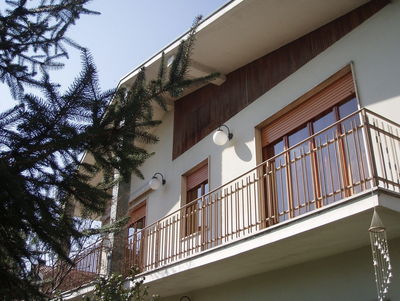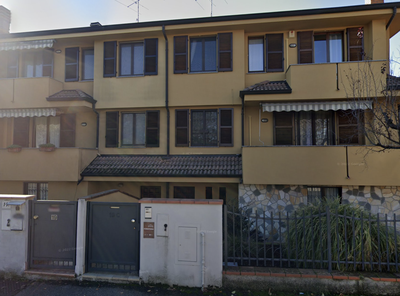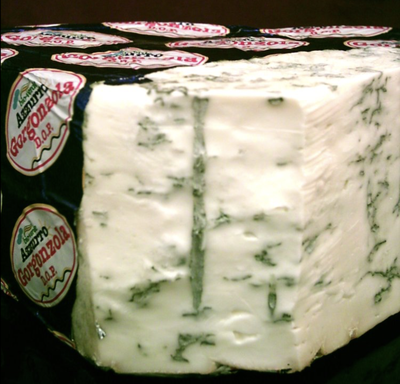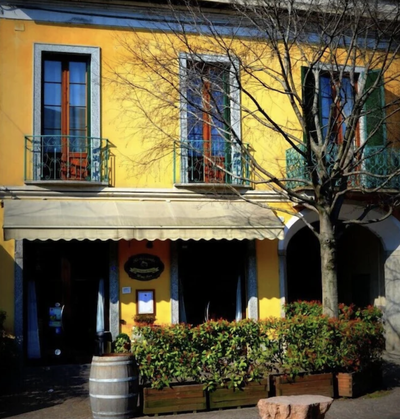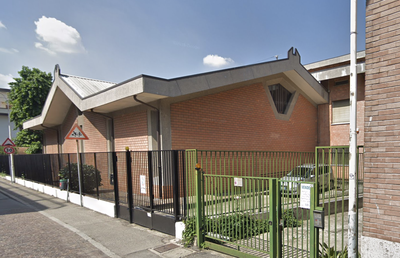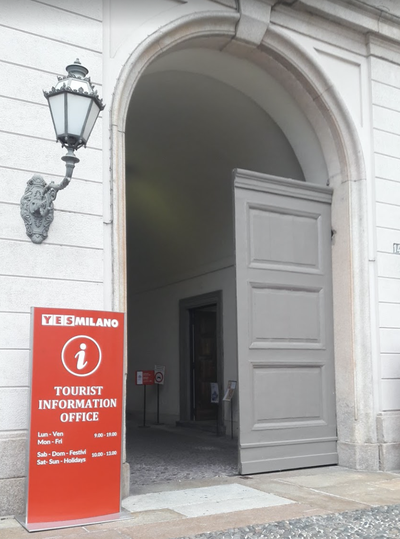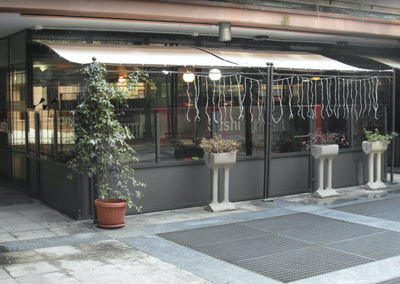Cassano d’Adda to Milano

Lombardia
4. Cassano d’Adda to Milano
Very easy
3h
31km
+193m
-198m
Step
Embed this item to access it offline
As Milan approaches, all the cities gradually touch each other to form a vast megalopolis. The path enters the heart of the city along a supply canal, a guarantee of calm and freshness despite the city's excitement. Milan, the historic capital of Lombardy, where Saint Colomban stayed in 612-613 at the court of the King of the Lombard Agilulfe before reaching Bobbio, the place of his last resting place since 615.
14 points of interest
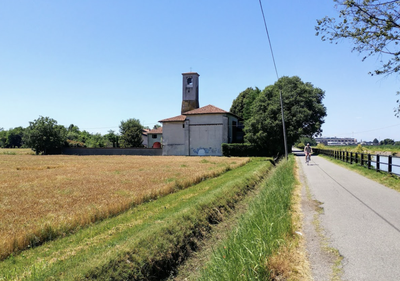
Inzago CulturalCasino Monasterolo
Church of a small monastery on the edge of the cycle path.
Gorgonzola CulturalChurch of the Saints Martyrs Protaso and Gervaso
The building, which is now visible, was built in neoclassical style between 1806 and 1820, replacing the old medieval foundation church (mentioned in a document dating from 953, but probably older).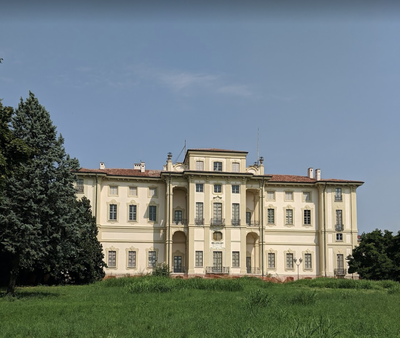
Cernusco sul Naviglio HistoricalVilla Alari Visconti
Well renovated Visconti Palace.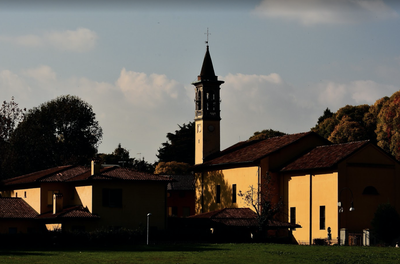
Cernusco sul Naviglio CulturalSanctuary of Santa Maria
The Marian shrine has become important for Carlo Borromeo, inserted in the Marian roads of Lombardy, a place of silence and contemplation near the Naviglio canal that leads from Cernusco to Naviglio and Milan, a path built and designed by Leonardo da Vinci.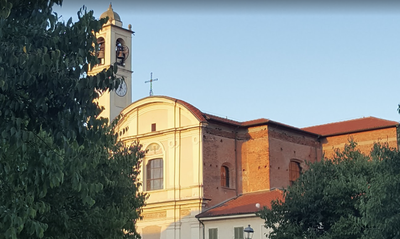
Vimodrone CulturalChurch of San Remigio
Neugotische Kirche.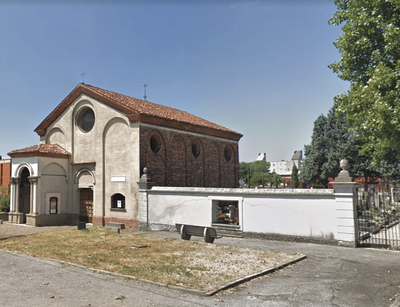
Vimodrone CulturalChurch of Santa Maria Nuova
Near the cemetery of Vimodrone, neo-Gothic church with beautiful frescos.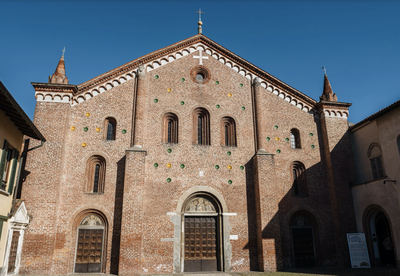
Chiesa Santa Maria Rossa CulturalChurch of Santa Maria Rossa
The church founded in 1140 has kept its fundamental lines despite the many restorations over the centuries. Fresco elements of the original chapel were discovered in the middle of the 20th century.
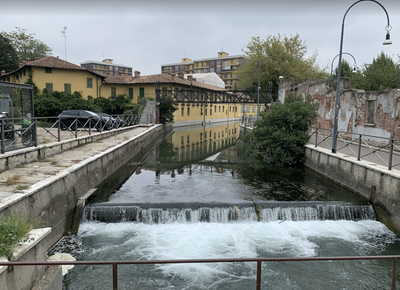
Milano TouristCassina de’ Pomm
End of the canal in a picturesque neighborhood.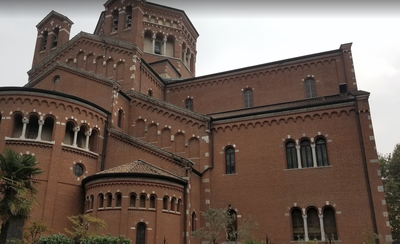
Milano CulturalBasilica of St. Augustine
The Basilica of St. Augustine is perhaps the most famous example of the Romanesque Revival in Milan. It dates from the end of the 19th century, the time of the construction of the Central Station district. The project dates back to 1895, work began in 1900 and was completed in 1926. The basilica was consecrated in 1920 before the work was completed and was damaged by the 1943 bombardment.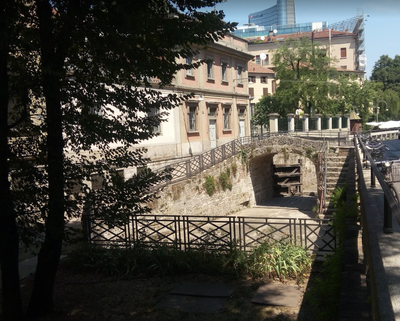
Milano HistoricalConca dell’Incoronata
It is an old navigation basin. It represents the only remnant of the Naviglio della Martesana within the Spanish walls.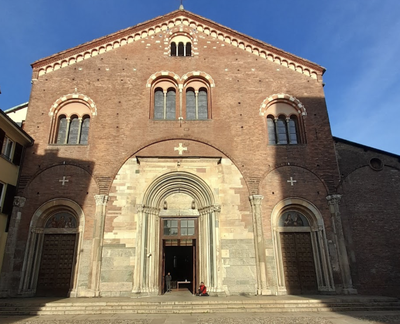 St Columban
St ColumbanBasilica of San Simpliciano
The origin of the basilica dates back to the beginning of the Christian era, which makes it possible for Columban to pass through its walls in the 7th century.
The interior is harmonious with architectural elements and works of art from various periods.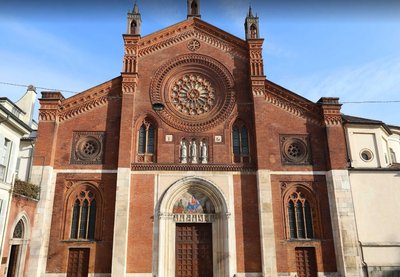
Basilique San Marco CulturalBasilica of San Marco
According to tradition, the church is dedicated to Saint Mark, the patron saint of Venice, because of the help the city gave to the Milanese in the war against Frederick Barbarossa in the 12th century. The first mention of the church dates back to 1254, when Augustinian monks built a Gothic edifice using the foundations of the previous structure.
The structure was extensively remodelled in the Baroque style in the 17th century, making it the largest church after the cathedral.
In the early 1770s, Mozart stayed for three months in the adjoining St Mark's monastery and performed in this church.
Milano CulturalBrera Art Gallery
Elegant palace used by Napoleon, with medieval and Renaissance art, especially from northern Italy. Superb museum where it is necessary to count 1h30 of visit. Reservation recommended.
Milano CulturalLa Scala
Sumptuous 18th century theatre, famous for its Italian ballets and operas, with museum and music library.
Description
Coming out of the church, turn right on Via Vincenzo Gioberti followed by a roundabout that crosses the SP104. Then, take the first track on the right which leads back to the canal:
- Continue along the canal bank (Alzaia Naviglio Martesana). The bicycle / pedestrian track follows the canal before crossing the city of Inzago, which is marked by four bridges left on the right. The canal joins another diversion canal at the entrance to Fornaci. It curves southwest across the village of Villa Fornaci, which is marked by two bridges. Pass under a large bridge (strada Padana Superiore) and continue on the left bank of the still agricultural canal until Gongonzolla and a bend of the canal in the city.
- After two successive changes of direction, the canal and the riverbank track runs along Via Milano before continuing along Via Kennedy, passing under the SP13, crossing the Molgora torrent and leaving on the right the village of Cassina de Pecchi (bridge and oratory). Always follow the canal on your left until you reach the Ponte del Colombirolo where the via Kennedy widens along the way and cycle/pedestrian track. Continue on the track as Via Kennedy deviates from the canal, pass under the railway line and cross Via dei Platini. The track takes the name of via Goffredo Mameli, passes under the SP121 and enters Cernusco sul Naviglio.
- Continue along the Martesana Canal. It crosses several increasingly tighter urban areas as it approaches Milan (Vimodrone, Cologno Monzese) following a green strip of vegetation preserved with the presence of water. The canal passes under railway tracks before reaching the A51 motorway.
- Pass under the A51 motorway and continue on via Idro along the canal built above the Lambro river. It then curves sharply to the southwest. When via Idro reaches via Padova at the second major change of direction, take the canal bank below via Padova. To visit the Chiesa di Santa Maria Rossa, take the sidewalk from via Padova to the exit of via Idro, take the eighth street on the left (via Santa Maria Rossa) and, at the end of the visit, via Domenico Berra to return to the canal at bridge level. Follow the canal via Alfredo Baccarini, cross the Parco Martiri della Liberta which borders Ponte Nuovo in the north and Crescenzano in the south and pass under the viale Monza before turning south with the canal. Entering Milan means that the canal and its runway are adjacent to and cross the canal with many railways from the nearby Milan Central Station. The canal stops at the garden of Cassina de Pomm.
- Turn left onto a wide straight boulevard (via Melchiore Gioia), cross the Milan ring road (viale Marche) and continue to arrive in a business district with large modern and glazed towers where the Lombardy Regional Palace, international banks and major companies are located. Go around the tunnel on the left under the building that blocks Via Melchiore Gioa by taking Via Giovanni Battista Pirelli and then immediately right into Piazza Luigi Einaudi. Cross the green area after the tower and then the boulevard viale della Liberta diagonally to reach via Melchiore Gioia, which ends at the Bastioni di Porta Nuova.
- Cross it to reach the left via San Marco by stairs. Follow this street to the end marked by the piazza San Marco and then a square marked by a modern stone statue. Go along the square to reach via Brera: at first a pedestrian street with many restaurant terraces that then opens to traffic (single lane) with wide sidewalks at the foot of buildings with character. At the end of this street, continue along the Via Giuseppe Verdi which curves to the left and arrives at the Piazza de la Scala slightly to the right. Cross the square diagonally past the foot of the Leonardo da Vinci monument to take the large glass covered alley (galleria Vittorio Emanuele II) that leads to the Milan Cathedral Square.
- Departure : Church of the Annunciation, via Gioberti 30, 20062 Cassano d'Adda
- Arrival : Cathedral of Milano, Piazza del Duomo, 20122 Milan
- Towns crossed : Lombardia
Altimetric profile
Report a problem or an error
If you have found an error on this page or if you have noticed any problems during your hike, please report them to us here:
Close by13
- Accommodation
- Information

